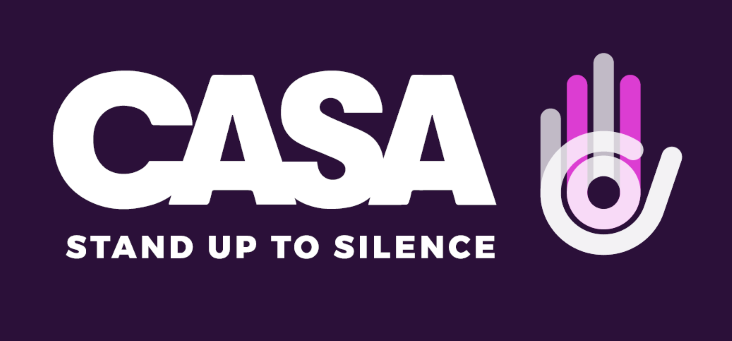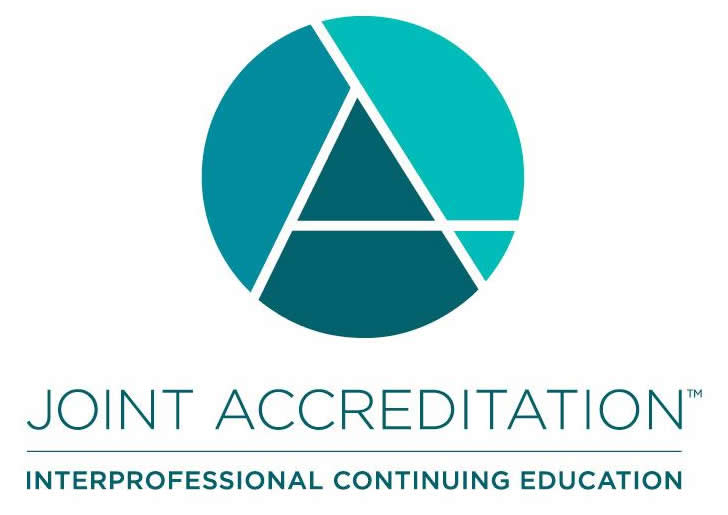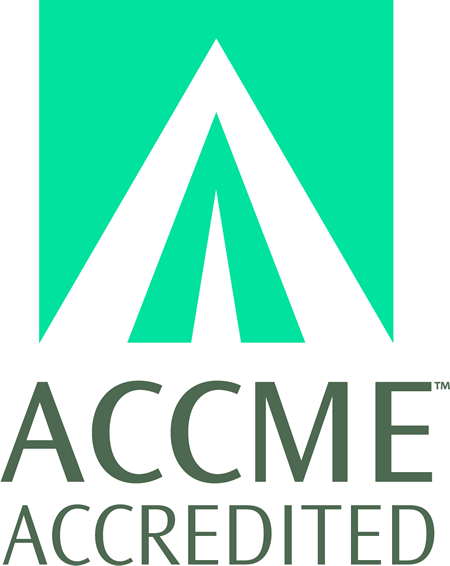
COURSE CREDITS & HOURS
21 AMA PRA Category 1 Credit(s)™21 ACPE Credits
21.0 Contact Hours
COURSE FEES
TARGET AUDIENCE
PROGRAM PURPOSE
Dr. Leshem's Topics
- Palpitations and the ECG: What Every Internist Should Recognize
- Differentiate benign from pathologic palpitations.
- Interpret common arrhythmias on ECG.
- Know the initial diagnostic tools.
- Symptom characterization: duration, triggers, termination.
- ECG clues: SVT, atrial flutter, AF, PACs, PVCs.
- Role of Holter, event monitors, smartwatches.
- Red flags: family history, syncope, exertional symptoms.
- Atrial Fibrillation in the Real World: Beyond Rate vs. Rhythm
- Recognize different types of AF and their implications.
- Apply CHA₂DS₂-VASc and HAS-BLED scores
- Understand rate vs. rhythm control in various patients.
- Know when to refer for ablation.
- Paroxysmal vs. persistent vs. permanent AF.
- Anticoagulation: DOACs, contraindications, LAAO.
- Rate control: beta blockers, CCBs, digoxin.
- Rhythm control: antiarrhythmics, cardioversion.
- Role of catheter ablation.
- AF in special populations (elderly, post-op, athletes).
- Sudden Cardiac Death: Screening and Prevention in Primary Care
- Identify high-risk patients for SCD.
- Understand primary prevention ICD criteria.
- Know when to refer for EP evaluation.
- SCD epidemiology and mechanisms.
- Cardiomyopathies (ischemic, HCM, arrhythmogenic).
- EF <35% and ICD indications.
- Inherited syndromes (Brugada, Long QT, CPVT).
- Post-MI and heart failure patients.
- Bradycardia and Conduction Disease: When is a Pacemaker Needed?
- Recognize symptoms and ECG findings of bradyarrhythmias.
- Understand pacing indications.
- Know initial workup and referral steps.
- Sinus node dysfunction vs. AV block.
- Reversible vs. intrinsic causes.
- Pacemaker types and settings.
- ECG examples of 1st, 2nd (Mobitz I/II), and 3rd-degree block.
- Sleep apnea and bradycardia.
- Wide Complex Tachycardias: Not Always VT—But Often Enough
- Distinguish VT from SVT with aberrancy.
- Know urgent management steps.
- Understand risk markers and referral needs.
- Differential diagnosis: VT, SVT with aberrancy, WPW.
- ECG criteria: AV dissociation, fusion/capture beats.
- Emergency management.
- Structural heart disease and VT.
- Idiopathic VT.
- Syncope Demystified: Workup and Management
- Differentiate cardiac from non-cardiac syncope.
- Understand when monitoring or EP referral is needed.
- Use risk scores for triage.
- Neurally mediated vs. orthostatic vs. cardiac.
- ECG clues to cardiac syncope.
- Holter, loop recorders, implantable loop recorders.
- Tilt table testing.
- Red flags: exertional, no warning, FHx SCD.
- Cardio-Neuro-Ablation – the new kid on the block
- PVCs and PACs: Common but Confusing
- Understand when ectopy is benign.
- Know when to worry about PVC burden.
- Recognize risk for PVC-induced cardiomyopathy.
- PAC vs. PVC on ECG.
- Ectopy frequency: when to act.
- Symptoms vs. burden mismatch.
- Workup: Holter, echo, exercise testing.
- Treatment: beta blockers, ablation.
- Ablation Therapies Explained: What You Should Know Before You Refer
- Understand basic principles of catheter ablation.
- Know indications and expected outcomes.
- Guide patients through the process.
- Types of ablations: AF, AVNRT, PVC, VT.
- How ablation works (basic anatomy + concept).
- Thermal ablation vs. PFA (pulse field ablation).
- Who benefits most.
- Pre- and post-procedure considerations.
- Risks, success rates, and complications.
- Long QT, Brugada, and Other ECG Syndromes
- Recognize key inherited arrhythmia syndromes.
- Know when to order genetic testing.
- Manage and refer appropriately.
- Long QT: types, triggers, medications to avoid.
- Brugada: fever, nocturnal SCD risk.
- CPVT, Early repolarization, ARVC.
- Risk stratification.
- Family screening.
- Wearables, Monitors, and AI: The New Era of Arrhythmia Detection
- Understand benefits and limitations of wearable ECG.
- Interpret patient-generated data.
- Integrate new tech into clinical workflow.
- Smartwatches: AF detection, false positives.
- Mobile ECG (e.g., Kardia).
- Patch monitors vs. Holter vs. loop recorders.
- AI in arrhythmia detection.
Dr. Lichtshein's Topics
- Pediatric Anxiety Disorders
- Pediatric Depression
- ADHD
- Psychiatric Pharmacogenomics in Everyday Practice
- TMS: An Update
- Update on Psychedelics
- The Mental Status Exam
- Autism: An Update
- Use of Ketamine in the Treatment of Mood Disorders
- Disruptive Behavior Disorders in Children, Age 0 to 6










































